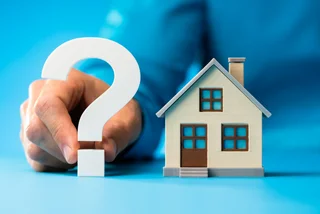Interest in mixed-use projects that combine offices, shops, housing, and social activities is growing in Czechia. These complexes are part of a new trend for having everything a resident needs within easy walking or biking distance from their home.
Local construction of such spaces lags behind that in neighboring countries due to the long building permitting processes. In Poland, for example, it takes only a few months to get a building permit, while in Czechia it has taken years – though the permit process is now set to become more streamlined in 2024.
Josef Stanko, senior analyst at real estate consultancy Colliers, said progressive mixed-use projects are a rarity in this country. "Although we are currently seeing larger developments on the market, functions often remain separate or the projects are too fragmented. They do not form one attractive whole that connects entertainment, living space, and work areas for users," Stanko said in a press release.
He said there are suitable locations in Prague but these require a strong investor with experience and adequate capital. This investor must acquire land or a brownfield site with a clear vision from the start to create a mixed-use complex.
Typical mixed-use complexes usually range between 30,000 and 90,000 square meters in size and are located mostly in inner or more heavily urbanized parts of cities. For services, gastronomy plays a significant role. A full 90 percent of spaces in this category are usually made up of unique concepts or small local chains.
Time for the 15-minute city
Due to their wide range of functions, mixed-use complexes fit into the "15-minute city" concept, which is gaining ground in European cities. Under this idea, residents can work and find healthcare, education, shopping, dining, and entertainment within a 15-minute walk or bike ride from where they live. Residential areas are not separated from commercial zones. The reduced need for cars improves not only neighborhoods’ look and feel, but also the quality of life for residents.
The 15-minute city concept was proposed by urbanist Carlos Moreno in a 2021 article, but its roots go back to at least the 1960s, when urban planners began to criticize suburbanization and its impact on cities. The idea in its current form relies heavily on smart city concepts and other developing technologies.
Of the projects that could be included in this class, Slovanský dům in Prague’s center is probably the best-known. Two other projects – Prague's Savarin and Brno's Dornych – are in the planning or construction phase.
"This is only a fraction of what we see elsewhere in Europe. In neighboring Poland, for example, there are currently more than 60 mixed-use complexes in various stages of development," Stanko said. Interest in renting space in such projects in our country is rocketing.
"For office tenants, it is attractive to offer their employees all the amenities they need close to the workplace, while for shops and gastronomy services it is an advantage to concentrate potential customers in one place. When culture and housing are added to the mix, it is an ideal combination for users," Stanko said.
The complexes also target customers from more distant locations or tourists looking for urban spaces with a distinctive feel. Slovanský dům, for example, fits this profile. There, you can rarely find vacant offices for rent and the shops and restaurants within the arcade and courtyard have long been popular destinations, Stanko added.












 Reading time: 2 minutes
Reading time: 2 minutes 






















